Traveling in style to discover UNESCO Sites in Sicily
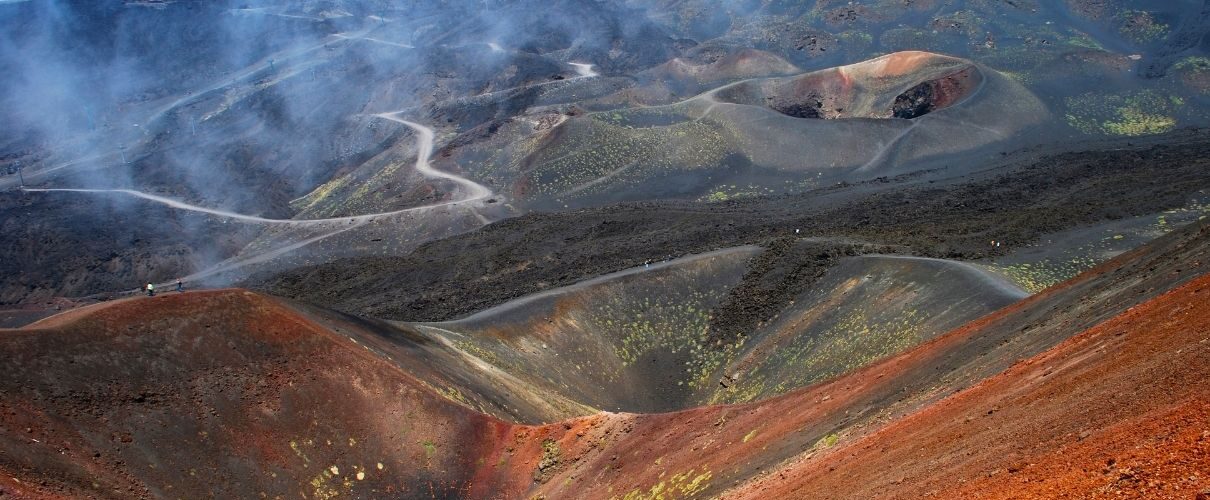
Sicily is home to seven sites listed by UNESCO for their outstanding value. Three of them are on the podium as the most visited. They are the Valley of Temples in Agrigento, the Arab-Norman Palermo, Monreale and Cefalù, and Mount Etna.
What makes the Sicilian UNESCO sites even more special is how they are preserved and presented to visitors. In addition, the location of these sites offers many experiences that can be combined to suit every discerned traveler’s taste.
So, let’s dive deeper and explore our recommendations for visiting Sicily’s UNESCO sites in style.
The Archaeological Park of Agrigento
This archaeological park on the Western side of Sicily is unique in Europe. Thanks to the local Greek colony’s substantial, well-preserved remains, it was inscribed in the UNESCO list.
The site is also known as the Valley of the Temples. In fact, it is home to a collection of precious ancient Greek temples. The Temple of Concordia, for example, is considered one of the best-preserved Greek Doric temples in the world.
Enrich your visit to the Valley of Temples
Inside the archaeological area of Agrigento, the garden of Kolymbethra is an oasis of lush greenery worth visiting. The underground chambers of the garden can be privately visited with pre-booking and necessary safety equipment for a 40-minute tour.
If you plan to celebrate something special during your stay in Sicily, consider the Kolymbethra. Here you can have a private dinner in the garden among the beautiful citrus trees, figs, and other Mediterranean plants.
This makes Kolymbethra an idyllic, romantic place that is also suitable for a marriage proposal!

What to do near Agrigento
Golfers can indulge in a round at the Verdura Golf and SPA Resort’s championship courses. The resort is located in the nearby town of Sciacca, directly on the sea. Here you can sunbathe and relax or enjoy a body massage with oils and aromatic infusions from sun-drenched local flora.
From Sciacca, you can leave for a helicopter tour to Mount Etna, for a daily excursion.
Wine lovers can reach the Feudo Principi di Butera in a 90-minute drive, a fortified manor with 180 hectares of vineyards.
The Arab-Norman Palermo
Palermo has been included in the UNESCO World Heritage list for its blend of Arab and Norman heritage.
The city’s buildings in Arab-Norman style are:
- Royal Palace, or Palazzo dei Normanni, and the Palatine Chapel
- Palermo Cathedral
- the Church of San Giovanni degli Eremiti.
- Zisa Palace
- Church of Santa Maria dell’Ammiraglio, also known as Martorana
- Church of San Cataldo
- Admiral’s Bridge.
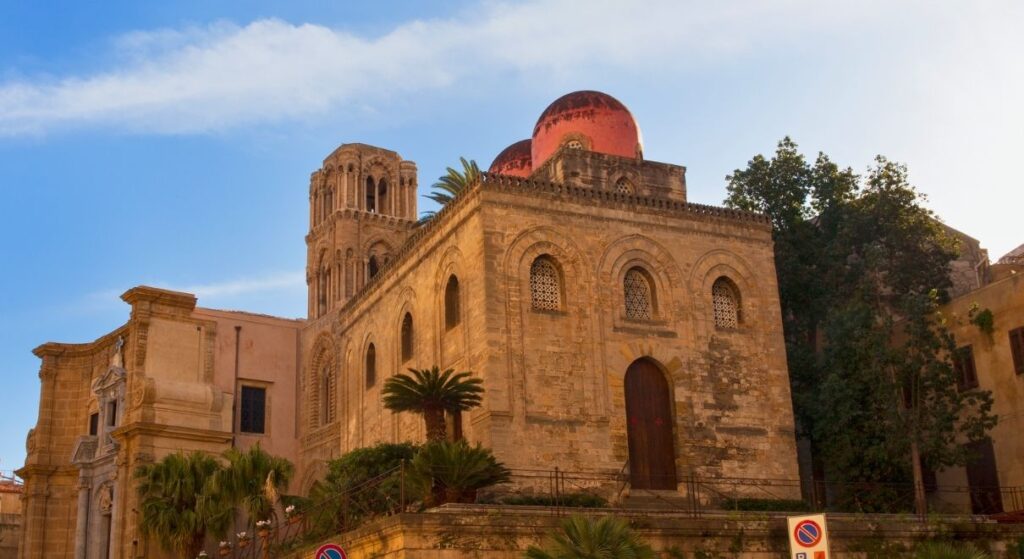
Enrich your experience of Palermo
Palermo’s noble families have left a lasting impression on the city’s cultural heritage with their grand palaces and artwork. Many palaces have been transformed into museums, galleries, and public spaces, offering a glimpse into Sicily’s past.
Ask your private guide to show you Palazzo Abatellis, the Regional Gallery of Sicily, and Palazzo Mirto, the Museum of Decorative Arts.
Pay a visit to Palazzo Gangi, which served as a backdrop to the movie classic “The Leopard.” Also, consider spending a night or two in the lesser-known Villa Tasca. The villa and its stunning garden with fountains can be booked for your stay or for your private event.
Food lovers will appreciate the opportunity of having a hands-on cooking class in one of Palermo’s noble palaces.
For a further taste of opulence, visit the Florio family’s properties. The Florios were wealthy and influential members of Palermo high society portrayed in the historical novel “The Florios – Sicily’s Lions.” Their Villa Igiea is the best luxury hotel in Palermo. A stunning location to be also considered to enjoy an aperitif in the liberty-style bar or on the terrace overlooking the bay.
Taste your way through the city’s street food scene in a completely different scenario. Step into the Vucciria market and experience its colors, sounds, and smells. End your tour with lunch or dinner at Gagini, a restaurant with one Michelin star.
What to do near Palermo
The singular combination of Arab-Norman style protected by UNESCO can also be found in the nearby Monreale and Cefalù.
The highlight of a trip to Monreale is undoubtedly the Cathedral, with the golden Byzantine mosaics that cover its walls. Foodies will love the delicious local cuisine, including fresh seafood, excellent crunchy bread, biscuits, and the local plums and pumpkins.
Cefalù is a renowned beach destination at a one-hour drive from Palermo. After a visit to its cathedral, go through this fishermen’s borough’s winding streets and alleys. You can stop at a local trattoria or savor a delicious mulberry granita.
Mount Etna
This iconic Sicilian landmark towers over the island. Its influence on volcanology, geophysics, and other earth science disciplines is the reason why it is protected today by UNESCO.
As it is the highest active volcano in Europe, Etna (in the featured image) offers many opportunities for exploration and adventure. You can take a tour guided by expert environmental guides who will safely lead you up to the main crater. Adventure seekers can explore the rugged terrain of Mount Etna by jeep, quad, bike, or hiking.
You can also consider taking a helicopter tour to see the volcano from above.
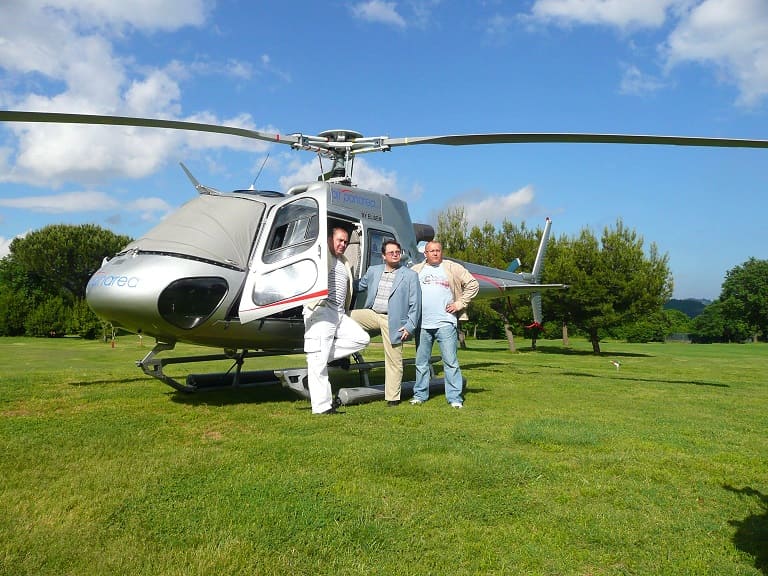
Enrich your experience of Mount Etna
Nature lovers will appreciate the surrounding countryside, a veritable paradise with lush forests, sparkling lakes, and ancient vineyards.
In particular, the valley where the Alcantara River flows through a deep gorge, surrounded by towering cliffs, is worth visiting. If you feel adventurous, you can explore the Valley on board a 4×4 jeep or by quad. For sports lovers, this is a paradise for rafting, river trekking, and horse riding.
Here golf lovers can experiment with the Picciolo Golf Club. This is the only golf course built on an active volcano, in a UNESCO World Heritage Site. The course is situated on the dark, lava-stone residue from the 1916 eruption of Mount Etna. It was designed with the utmost respect for the natural environment and the volcanic terrain.
What to do near Mount Etna
Plenty of tours can perfectly combine with Mount Etna and its surroundings.
Wine and spirits enthusiasts can indulge in a visit to the vineyards along the Mount Etna wine road. The volcanic soil and unique microclimate are perfect for growing exceptional grapes that produce exquisite wines. The grapes cultivated in this area produce the d.o.c. wines Etna Rosso, Etna Bianco, Etna Rosato and some outstanding sparkling wines produced according to the classic method.
If you are looking for top-level hotels and restaurants, visit the nearby towns of Taormina. Enjoy its views over the bay, visit the renowned Greek theater, and try a Michelin-starred cooking lab in town.
You might also want to go further south to visit more UNESCO sites.
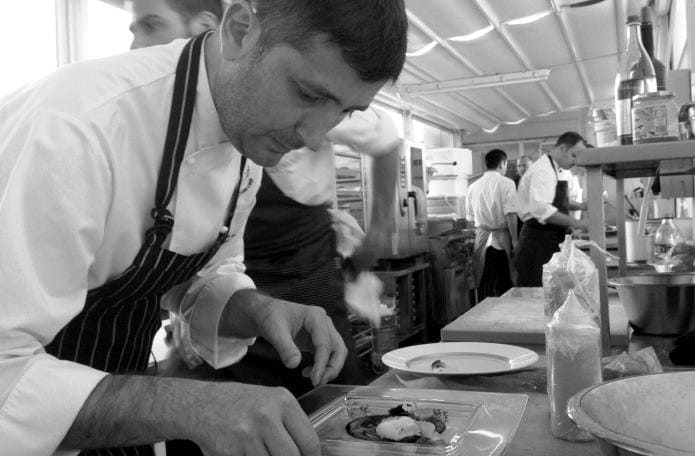
Syracuse and the Rocky Necropolis of Pantalica
All of the UNESCO world heritage sites of Sicily deserve a visit.
The city of Syracuse, for example, is a treasure trove of Roman and Greek art and culture.
Visitors can explore the charming island of Ortygia and visit the Greek Theatre, the Roman Amphitheatre, and the Ear of Dionysius. And the visit can continue with the monuments of the Rocky Necropolis of Pantalica UNESCO site. This is a naturalistic and archaeological locality also in the area of Syracuse.
Late Baroque Towns of the Val di Noto
This is a cluster of 8 towns in South Eastern Sicily characterized by stunning Baroque architecture:
– Catania, a bustling metropolis home to some of the most impressive baroque architecture in the world. The Cathedral of Saint Agatha, the Ursino Castle, and the bustling markets make it a must-visit destination.
– Caltagirone, known as the “city of ceramics,” is famous for its intricate pottery that skilled local artisans have crafted for centuries.
– Modica, where you can taste the traditional chocolate recipe that makes Modica world-renowned. This consists of stone-ground cocoa seasoned with vanilla, cinnamon, and chili.
– Noto, with its baroque palaces and churches. The town’s streets are lined with elegant boutiques and shops selling traditional Sicilian products.
– Ragusa and Scicli, two towns with impressive baroque architecture and picturesque streets. They have been used as filming locations for popular TV shows and movies, including the detective stories of “Inspector Montalbano.”
– Palazzolo and Militello Val di Catania, two destinations often overlooked. They are interesting small towns with ornate facades and intricate details that leave visitors in awe.
Villa Romana del Casale
This unique example of a luxury Roman villa dates back to the 4th century AD. Here you can admire beautifully preserved mosaics.
The site is located in Piazza Armerina, one hour and a half drive from Catania and Agrigento.
One of the most impressive rooms in the villa is the Great Hunt. This large hall features a mosaic that spans over 200 square meters with a hunting scene. Another must-see room is the famous Bikini Girls mosaic, which has become an icon of ancient Roman art. The mosaic depicts young women wearing bikinis and engaging in various sports, including weightlifting, discus throwing, and ball games.
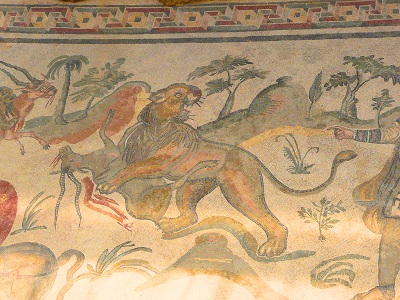
The Aeolian Islands
The Aeolian Islands, located in the Northeast of Sicily, is a group of seven islands of volcanic origin. Their ongoing geological processes have greatly contributed to the field of volcanology.
The islands are named after Aeolus, the god of the winds, and it’s not hard to see why. The crystal-clear waters surrounding the islands are perfect for sailing and windsurfing. Yachting enthusiasts can enjoy private cruises around the Aeolian Islands, reaching the eastern coast of Sicily and Malta. Scuba divers will enjoy the waters of the Vendicari Nature Reserve.
Those who love food and wine instead will certainly appreciate a wine tour of the Aeolian Islands.
